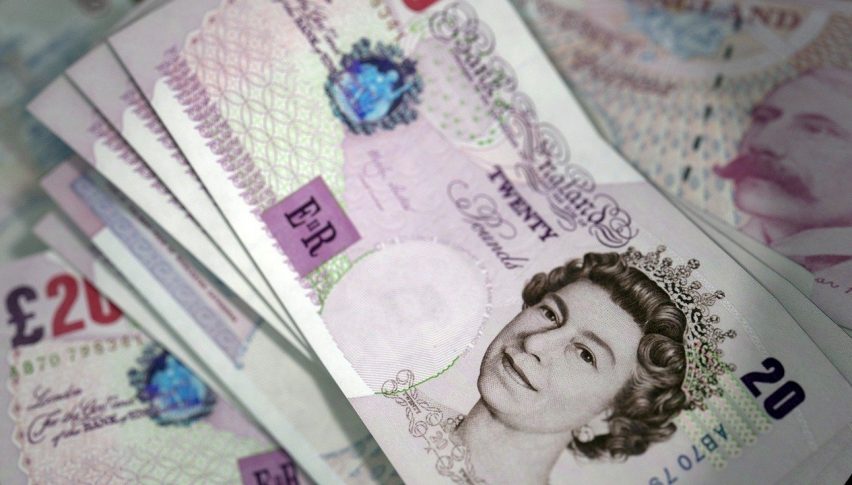Global Economy to Slow Further As Higher Rates Force Govts to Curb Spending
The global economy has slowed as central banks raise rates and might fall into a recession as governments curb spending

Governments and central banks went all-in during the coronavirus pandemic period, initiating massive stimulus programmes and cutting interest rates. But, the situation has been reversing, with central banks starting to tighten the monetary policy early this year and so far we have seen the fastest tightening cycle. But, besides central banks, now it will be more difficult for the central banks to borrow money, or even pay the current debt as interest rates go up.
So just like that, the era of easy money for governments is over. At the beginning of 2022, the UK government could borrow for 30 years and pay just 0.76% per annum, while now the UK Treasury must pay 5%. In a country that runs twin deficits with an uncapped energy liability, the bill will run up rapidly.
But this isn’t only about the UK, it’s about the whole world which has been kept on life support during these last two years. What is happening in Britain is a messge to governments everywhere that the era of free money is over. So, scrap the plans for stimulus support or new programs and prepare to pay down deficits much more quickly than planned or risk a disaster similar to the UK.
UK 10-Year Treasuries – Absolutely Surging

The price has left MAs behind as UK bonds surge
This means even slower global growth as central bank rates are one form of stimulating the economy, but the more-powerful one is the government budget. It wasn’t zero rates that rescued economies during covid; it was government handouts that kept the economies affloat.
Until last week, governments thought they could continue with generous programs targeted in social programs or softening the blow of inflation. It’s time to rethink that. The blow to the global economy will be measurable and ratchets higher with every day of the bond rout. We had all hoped the era of austerity is over, but it might be back soon. So, the global economy will continue to suffer further, which means more gains for the USD and more declines for risk assets.
- Check out our free forex signals
- Follow the top economic events on FX Leaders economic calendar
- Trade better, discover more Forex Trading Strategies
- Open a FREE Trading Account


